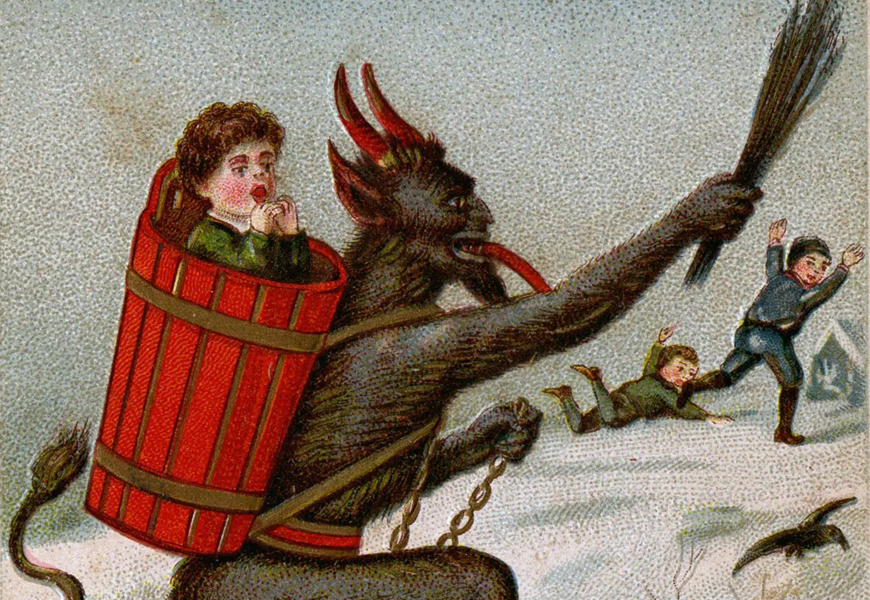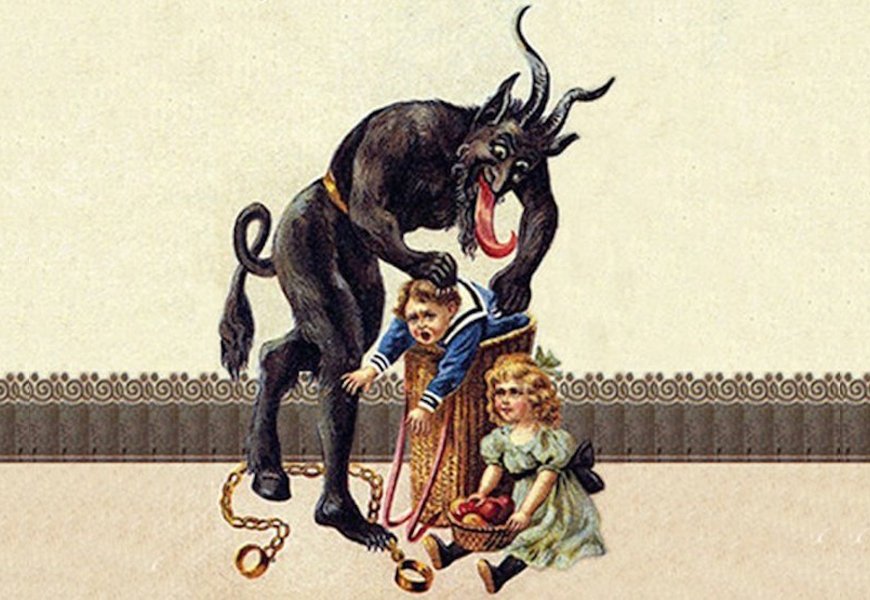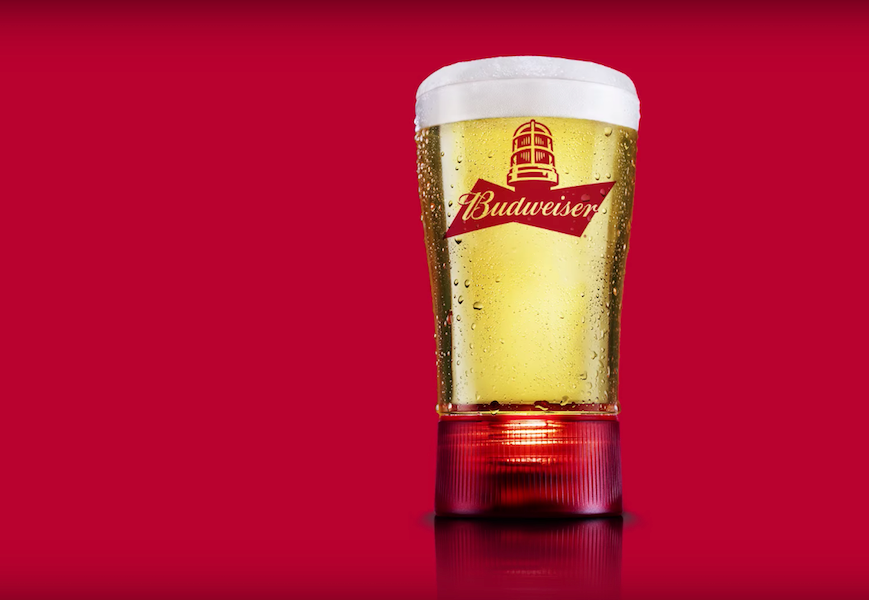Meet Krampus, the half-man, half-goat counterpart to St. Nicholas who punishes naughty children every Christmas…
The holiday season is synonymous with joy, celebration, and, of course, Santa Claus. But in some parts of the world, another figure emerges during this time, offering a stark contrast to the jolly old St. Nicholas: Krampus, the Christmas devil. This horned, anthropomorphic figure has roots in Central European folklore and serves as a haunting reminder that, for every nice child awaiting a gift from Santa, there might be a naughty one awaiting a visit from Krampus.
Here’s more on the original bad Santa.
Origins
Krampus is believed to have his roots in pre-Christian Alpine traditions. He is often considered a counterpart to St. Nicholas, with both figures celebrated on December 6th, known as St. Nicholas Day. While St. Nicholas rewards the well-behaved children with gifts and sweets, Krampus punishes the mischievous ones.
The name “Krampus” is derived from the Old High German word “krampen,” which means “claw.” In the early pagan traditions, Krampus was possibly a representation of the horned god of witches, aligning with other horned deities like the Greek god Pan or the Celtic Cernunnos.
Appearance and Behaviour
Typically depicted as a demonic creature, Krampus has dark fur, cloven hooves, and large horns. He often carries chains, thought to symbolize the binding of the devil, and sometimes these chains are accompanied by bells of various sizes. But the most iconic tool in his arsenal is the birch rod or bundle of twigs, used to swat misbehaving children. Some tales even speak of Krampus stuffing the particularly naughty children in his sack or basket to take them away, either to his lair or, in more sinister tales, to consume them.
Krampusnacht
The eve of December 5th, known as Krampusnacht (Krampus Night), is when this figure is most active. On this night, young men in many Alpine towns will dress as Krampus, adorning themselves in elaborate costumes complete with masks, furs, and bells. They then parade through the streets, enacting the tradition of chasing and scaring spectators, and sometimes playfully swatting them with birch rods.

The Evolution of Krampus
Over the centuries, the image and role of Krampus have evolved. With the spread of Christianity, his pagan roots were interwoven with Christian beliefs, leading to his association with St. Nicholas. The pairing of a benevolent and malevolent figure is not unique to this tradition; it’s seen in many cultures as a way to represent the dual nature of humanity or the consequences of choices.
In modern times, the figure of Krampus has gained popularity beyond the Alpine region. He has appeared in movies, books, and even holiday cards. Some view him as a fun, spooky figure, while others see him as an important reminder of traditions that pre-date the commercialized version of Christmas.
Although Krampus is relatively new to North America, this alpine legend is the original bad Santa
Krampus serves as a darker counterpart to the festive and giving spirit of the holiday season. His origins, deeply rooted in Alpine folklore, serve as a reminder of the duality in many traditional tales and celebrations. While Santa Claus may reign supreme in the minds of many during the holiday season, for some, it’s the shadow of Krampus that keeps the balance – and the children on their best behaviour.












